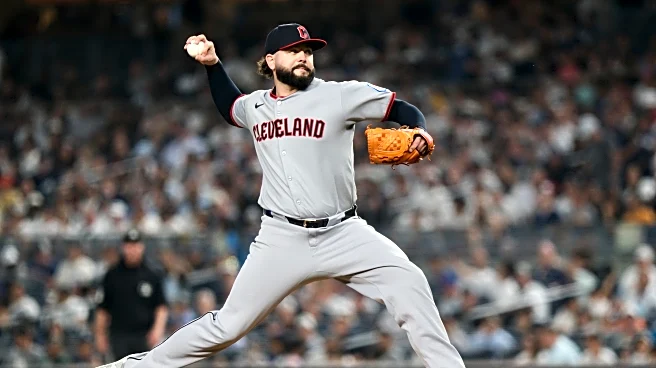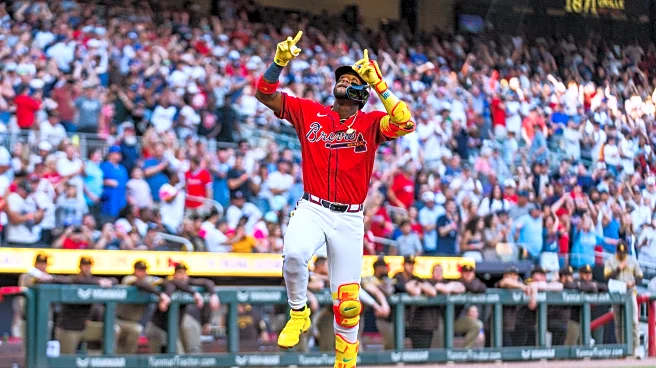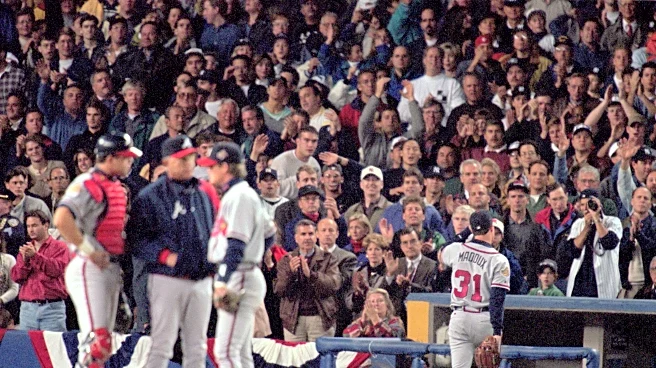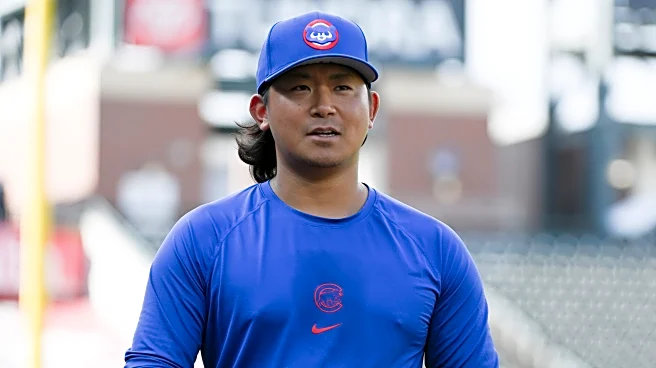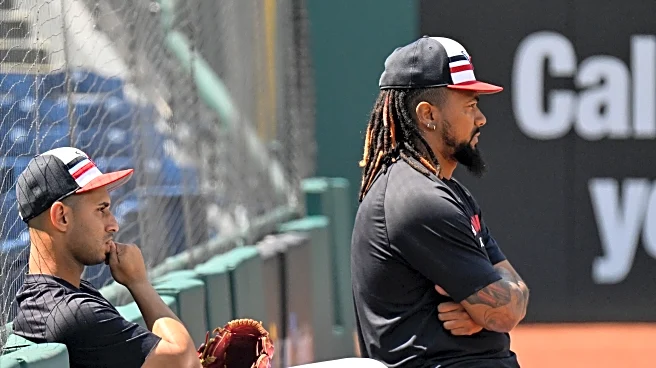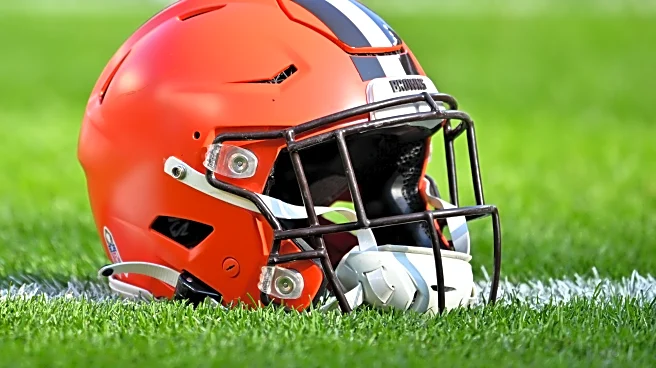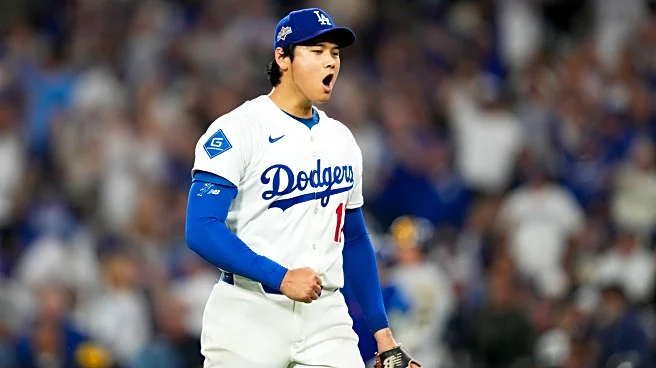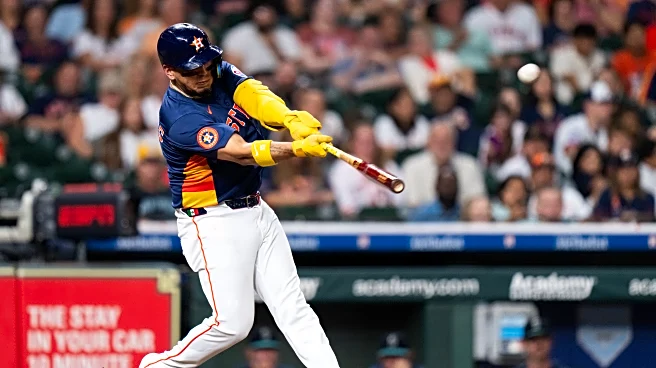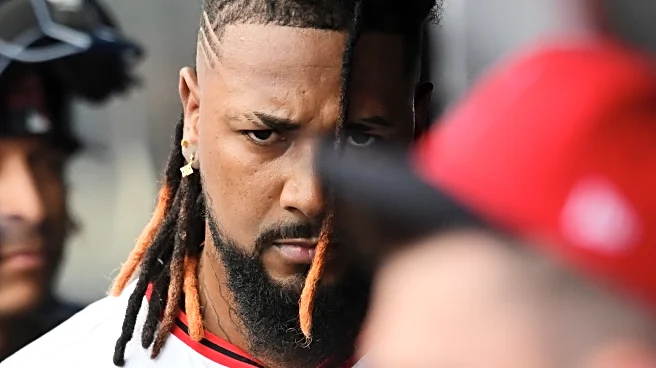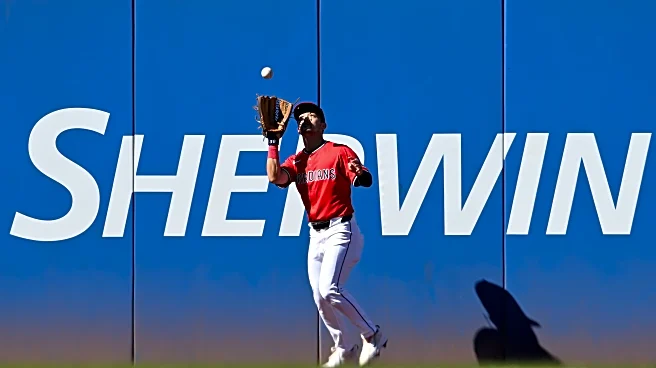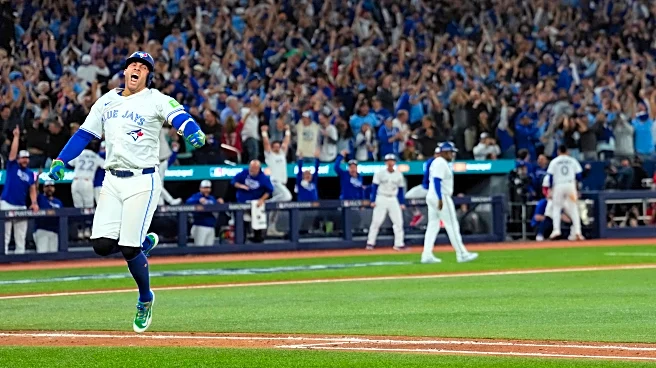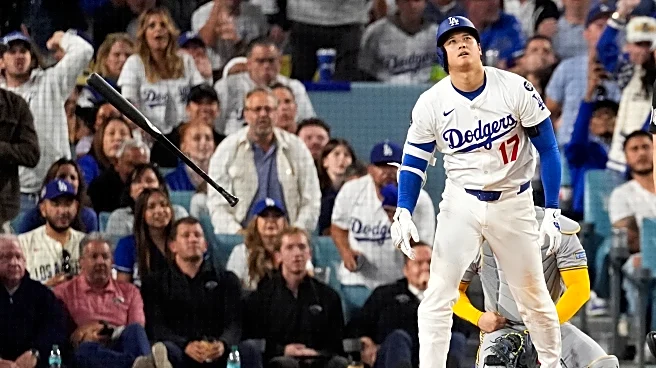Finding what you have is a lot harder than finding what you don’t. That perfectly encapsulates the 2025 season for the Guardians and for Jakob Junis.
Over the Winter, Junis signed a one year, 4.5 million dollar deal to bolster a Cleveland bullpen that had just seen Eli Morgan dealt to the Cubs for Alfonsin Rosario. Though Morgan was not called upon in high leverage spots, a role needed filled nonetheless, as 42 innings of quality low leverage relief needed to be filled upon Morgan’s departure.
Enter
Jakob Junis. Junis entered the season coming off a good results season that saw him post a 2.69 ERA across innings with both Milwaukee and Cincinnati. While Junis rocked a 99th percentile 3.2% walk rate, he was getting hit hard. His 19th percentile average exit velocity and 42.4% hard hit rates were concerning when combined with a 38.7% groundball rate. He wasn’t generating chase or whiffs, and what was hit hard was usually in the air.
There weren’t a ton of high leverage innings for Junis this season, but that’s not what he was brought in for. Instead, filling middle innings or later innings against the bottom of a lineup was where Junis excelled. It took a little bit for him to find his footing with the Guardians, but around early June, he settled into his role, understood what was asked of him, and flourished. From June 7 to the end of the regular season, Junis posted a 1.64 ERA across 38.1 innings in 32 outings. His role became additionally important once Emmanuel Clase received his suspension for gambling. Everyone had to take a step up in their assumed role, and the bullpen galvanized around this otherwise negative situation and turned back into one of the best collective units in the game.
Junis entered the season coming off a good results season that saw him post a 2.69 ERA across innings with both Milwaukee and Cincinnati. While Junis rocked a 99th percentile 3.2% walk rate, he was getting hit hard. His 19th percentile average exit velocity and 42.4% hard hit rates were concerning when combined with a 38.7% groundball rate. He wasn’t generating chase or whiffs, and what was hit hard was usually in the air.
However, Cleveland found something in Junis they liked. It was his changeup. Despite his near side-arm release angle, Junis generates more drop on his sinker and changeup than expected. With Cleveland, Junis turned to his offspeed offering 20% of the time, by far the most he’d ever used it in his career, and his ability to pitch it to handedness saw him take a leap forward as a go-to middle inning reliever. Junis doesn’t induce a lot of chase, he doesn’t miss a ton of bats, but the elevation of a quality changeup helped Junis where he needed it the most: keeping hitters off balance and generating weak contact. That’s exactly what he did.
Junis adopted a more “modern” approach to relief pitching for pitchers without an elite vertical fastball, and that’s opting to work east to west effectively. Come July, Junis’ changeup became his full on primary against LHH. His cambio registered a .167 batting average against with a .194 xwOBA for the season with a 33.3% hard hit rate and 2.2% barrel rate. In fact, opposing hitters barreled it up just once all season, a Shea Langeliers double back on July 20. Despite tallying significantly fewer innings than any qualified starting pitcher, Junis’ +6 run value on his changeup ranked within the 92nd percentile in all of baseball. Putting together a great process found Junis even more success this season as a middle reliever, and as he’s set to hit the market again, another one-year deal is likely in the cards, and a return to Cleveland makes a lot of sense.
The Guardians will be without Nic Enright all of next season. They’ll likely start the season without Andrew Walters and Sam Hentges, and with the all-encompassing elephant in the room that is whether Trevor Stephan ever pitches effectively again, Junis, among others, would be a welcome return to the bullpen.
